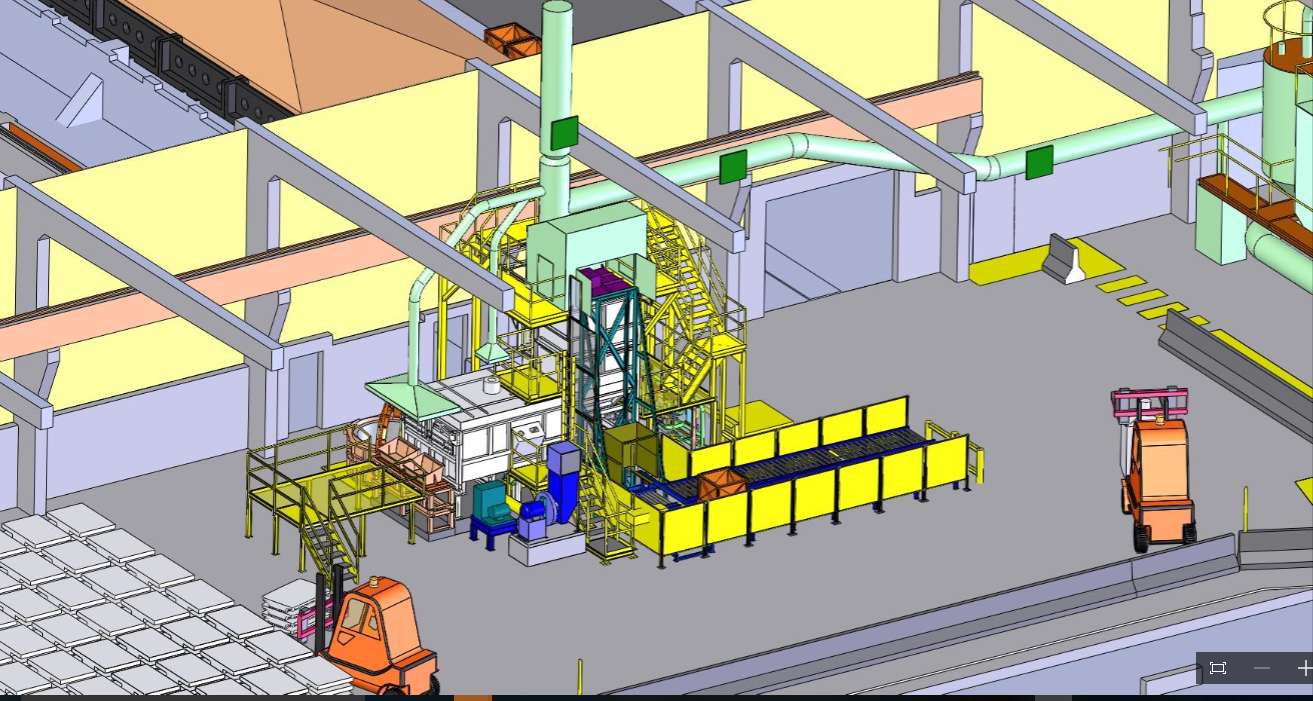MODELING THE ATMOSPHERIC DISPERSION OF AN ALUMINUM PLANT’S AIR POLLUTANTS (EA10)
ISSUE
According to the latest Quebec legislation in effect (Clean Air Regulation Act, CAR or RAA in french), when building a new plant or an extension of for an existing work, the Ministry of Environment can request an atmospheric dispersion model. This to ensure that criteria listed in the CAR by-law are satisfied.
The aluminum industry has specific needs for atmospheric dispersion modeling. Electrolysis plants, for example, have many point sources and diffuse emissions and concentration area (isocontours) may have to be determined around these plants.
TECHNOLOGICAL CHALLENGE
The challenge in this issue was to gather all software capable of processing such specific parameters, i.e. several point sources or diffuse emissions and establishing the most relevant for this application.
RECOMMENDED SOLUTION
Amongst these softwares and models, three were adapted and validated for their use in the aluminum industry's specific conditions. These models are SCST3, AERMOD and CALPUFF.
More specifically, the AERMOD and CALPUFF models were used to model realistic and representative atmospheric dispersions.
RESULTS
The simulation results have shown regulatory compliance for all critical pollutants. Concentration area (isocontours) were determined around the works and risk-prone areas were identified for some of the pollutants.
The use of well implemented powerful models enabled STS Canada to provide the client with useful and realistic dispersions models. These data were then used by work personnel for important decision making.

INDUSTRY
Aluminum smelter
LEVEL OF INTERVENTION
Environmental impact assessment
Atmospheric dispersion